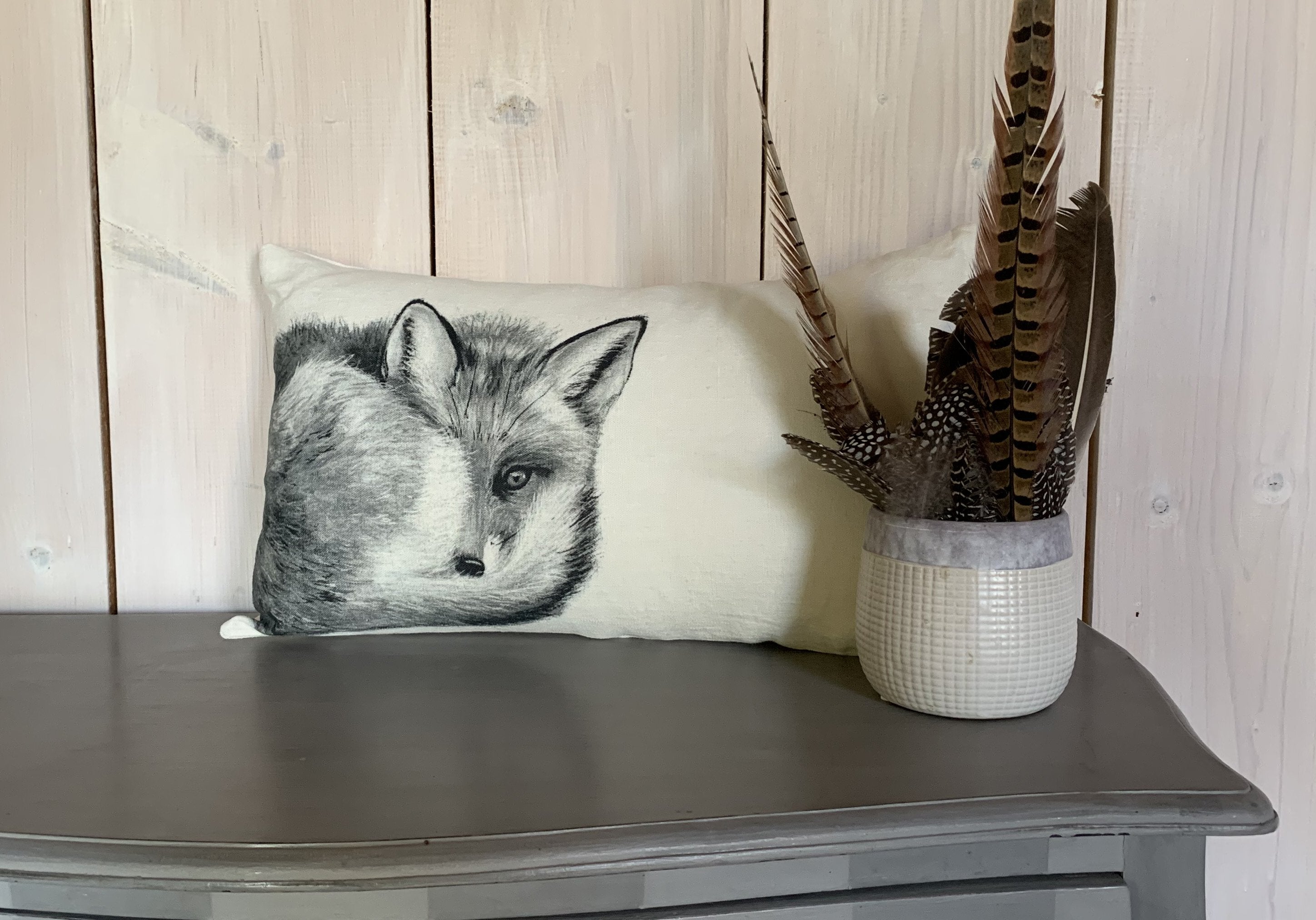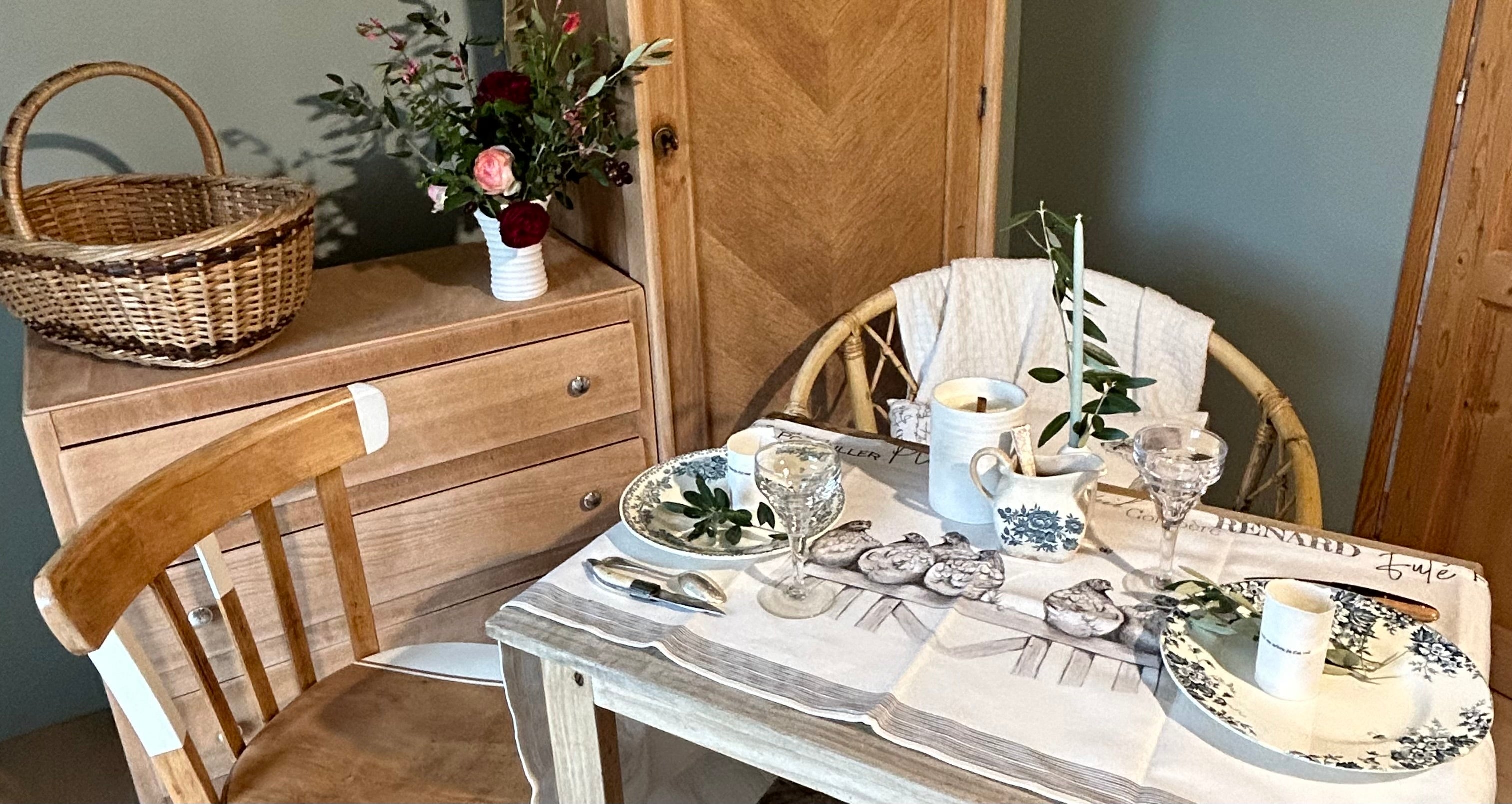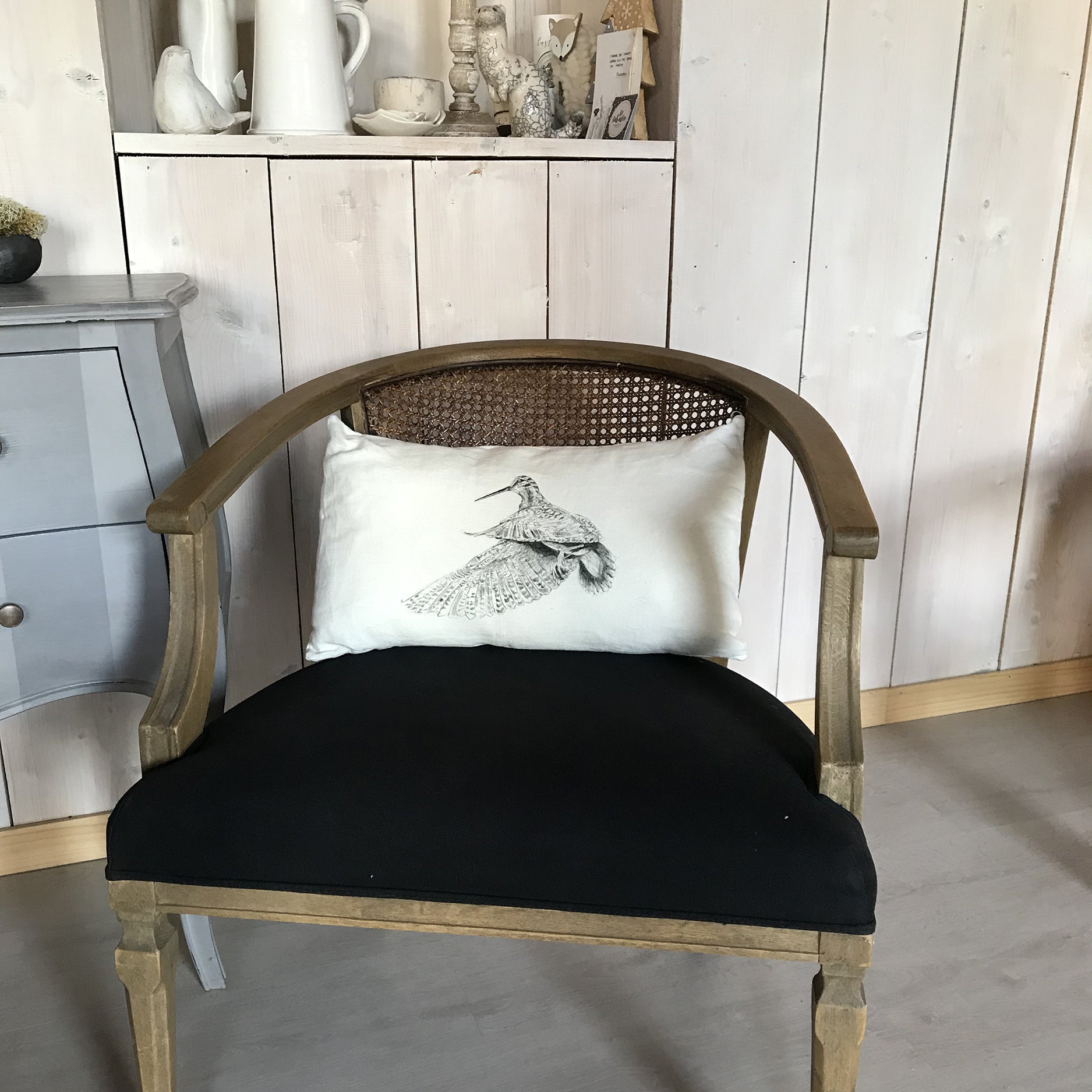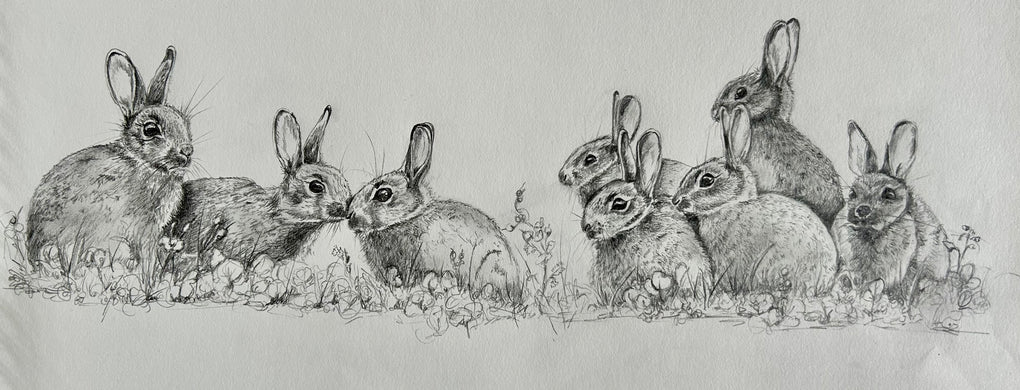Nature Reserve: Le Platier d'Oye
Surrounded by the towns of Calais and Dunkirk, the Platier d'Oye nature reserve is the first feeding area on the Channel/North Sea coast encountered by migrants on their way to their winter quarters. Resulting from the filling in of the Aa estuary, which stretched as far as Saint-Omer, the Platier polder (flat land) was formed relatively recently and almost naturally.
With a maximum altitude of 2 metres above sea level, high tides can reach it. Winter rains frequently raise the water table. This interface is expressed from west to east by an increasing salinity gradient. This has allowed a diverse flora and fauna to grow and develop, but it is above all the avifauna that, at first glance, attracts attention. In all seasons, waders and anatidae are present in greater or lesser numbers in all the wetlands of the nature reserve. Gulls are not left out, with a permanent presence, which intensifies during the nesting period, with a beautiful colony of black-headed gulls and black-headed gulls. It is in winter that one is most likely to encounter yellow-billed linnets, snow buntings and horned larks.
The Platier d'Oye is undoubtedly one of the first ornithological jewels of the Pas-de-Calais department with 230 species of birds observed, 85 of which are of heritage interest.
The flora of the site includes 361 species, 86 of which are of heritage interest; 6 species have national protection (pedunculate obion, Curtis violet, etc.), 12 have regional protection (sea eryngium, purple orobranchis).














Leave a comment